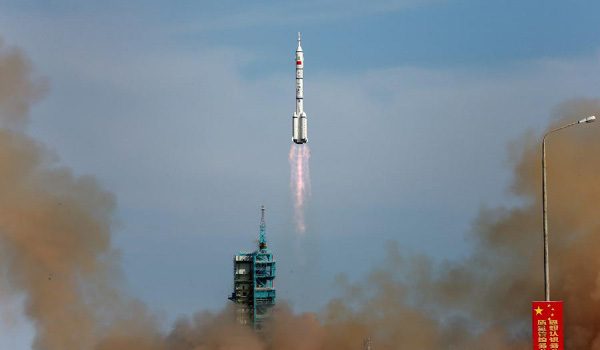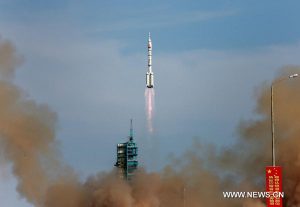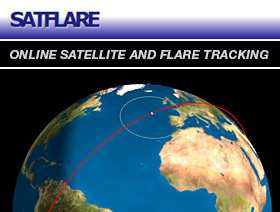

The Long March-2F rocket carrying Shenzhou-10 spacecraft blasts off from Jiuquan Satellite Launch Center (Xinhua/Li Gang/news.cn)
China has successfully launched Shenzou-10, its fifth manned spacecraft, toward the Tiangong-1 module, on June 11. Shenzou-10’s crew, Nie Haisheng, Zhang Xiaoguang and Wang Yaping, the second female Chinese taikonaut, will spend 14 days in orbit.
“You have made Chinese people feel proud of ourselves,” said Chinese President Xi Jinping addressing the three taikonauts. “You have trained and prepared yourselves carefully and thoroughly, so I am confident in your completing the mission successfully. I wish you success and look forward to your triumphant return.”
The Long March-2F rocket carrying the “divine spacecraft”, blasted off from the Jiuquan Satellite Launch Center in the Gobi desert, at 5:38 pm local time. Shenzou-10 is set to dock twice with the Tiangong-1, the Chinese orbiting space lab that has been in orbit since September 2011. The first docking attempt will be executed through automatic operation, while the second will be carried out manually by the crew. Shenzou-10 will be the last mission visiting the space lab, before its disposal, planned sometime in 2013. The Tiangong-1 has been in orbit for more than 600 days and the designated end of its service is scheduled in about three months.
According to Wu Ping, spokesperson for China’s manned space program, the mission aims to test the docking technologies and to prove that the orbiters can support the taikonauts’ stay in space for a longer period. The crew will also promote space and science to the Chinese public. Yaping will interact with students and teachers on Earth by conducting a lecture on microgravity environment and surface tension of liquid, via a live video feed.
China was the third country to launch astronauts into space by using on its own vehicles in 2003, and it is now rapidly catching up with the Western countries. Since 2003, 10 taikonauts have been sent into orbit and although the 8.5 ton Tiangong-1 is not comparable in size with the International Space Station, the module is considered the first step toward a permanent Chinese space station, to be launched around 2020.
Below, Shenzou -10 launch, from Jiuquan Satellite Launch Center (Courtesy of RT.com).

















































































































![A trajectory analysis that used a computational fluid dynamics approach to determine the likely position and velocity histories of the foam (Credits: NASA Ref [1] p61).](http://www.spacesafetymagazine.com/wp-content/uploads/2014/05/fluid-dynamics-trajectory-analysis-50x50.jpg)



Leave a Reply